The Sacred Journey of Ḥajj in Six Days
Allah, says:“Ḥajj is [during] well-known months…” (Al-Baqarah 2:197) Allah ﷻ refers to the months of Ḥajj in the verse above, with an implied meaning: “The time to perform Ḥajj spans these known months.”
This spiritual journey is bound by two appointed limits:
- A time-bound miqāt (designated months)—as defined in the Qur’an,
- A location-bound miqāt (specific geographic points)—as clarified in the Sunnah.
It is impermissible to pass the spatial miqāt without entering the state of iḥrām.
Although the season of Ḥajj spans multiple months, the actual rites of Ḥajj occur over six primary days, unless one begins Ḥajj at the very start or delays certain acts toward the end.
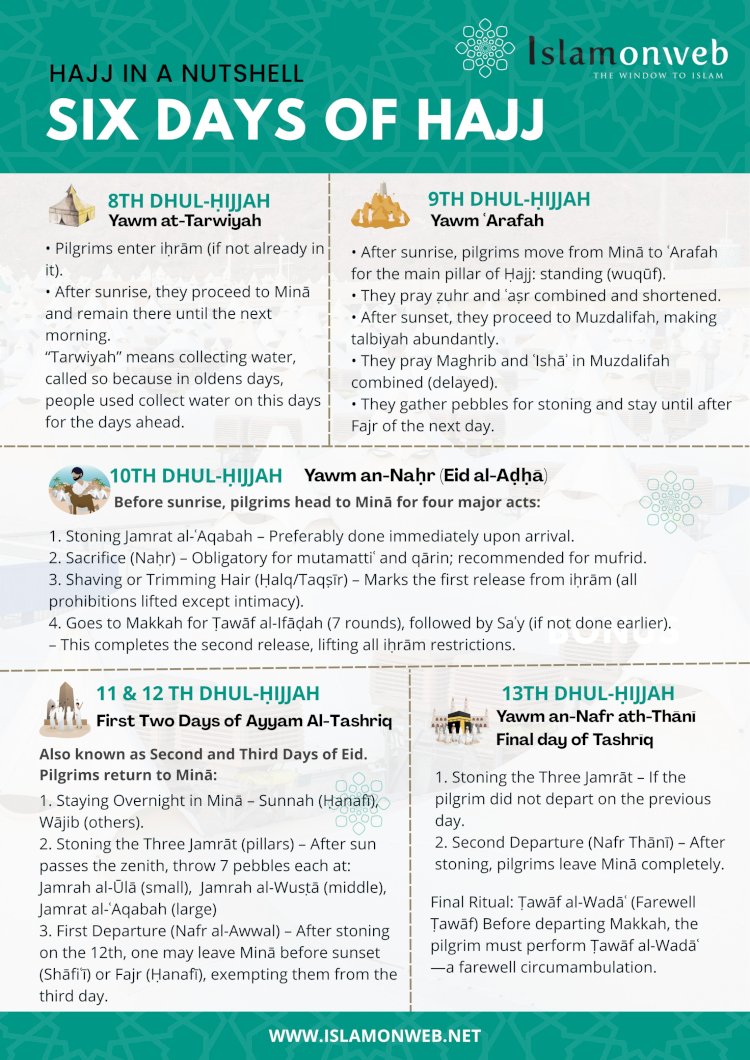
The Six Days of Ḥajj Rites:
- 8th Dhul-Ḥijjah – Yawm at-Tarwiyah
- Pilgrims enter iḥrām (if not already in it).
- After sunrise, they proceed to Minā and remain there until the next morning.
Called “Tarwiyah” because in old days, people would prepare and collect water for the days ahead.
- 9th Dhul-Ḥijjah – Yawm ʿArafah
- After sunrise, pilgrims move from Minā to ʿArafah for the main pillar of Ḥajj: standing (wuqūf).
- They pray ẓuhr and ʿaṣr combined and shortened.
- After sunset, they proceed to Muzdalifah, making talbiyah abundantly.
- They pray Maghrib and ʿIshāʾ in Muzdalifah combined (delayed).
- They gather pebbles for stoning and stay until after Fajr of the next day.
- 10th Dhul-Ḥijjah – Yawm an-Naḥr (Eid al-Aḍḥā)
- Before sunrise, pilgrims head to Minā for four major acts:
- Stoning Jamrat al-ʿAqabah
– Preferably done immediately upon arrival. - Sacrifice (Naḥr)
– Obligatory for mutamattiʿ and qārin; recommended for mufrid. - Shaving or Trimming Hair (Ḥalq/Taqṣīr)
– Marks the first release from iḥrām (all prohibitions lifted except intimacy). - Ṭawāf al-Ifāḍah (Ṭawāf az-Ziyārah)
– A pillar of Ḥajj done in Makkah (7 rounds), followed by Saʿy (if not done earlier).
– This completes the second release, lifting all iḥrām restrictions.
4–5. 11th & 12th Dhul-Ḥijjah – Days of Tashrīq
- Also known as Second and Third Days of Eid.
- Pilgrims return to Minā to complete four acts:
- Staying Overnight in Minā
– Sunnah (Ḥanafī), Wājib (others). - Stoning the Three Jamrāt (pillars)
– After sun passes the zenith, throw 7 pebbles each at: - Jamrah al-Ūlā (small)
- Jamrah al-Wusṭā (middle)
- Jamrat al-ʿAqabah (large)
- First Departure (Nafr al-Awwal)
– After stoning on the 12th, one may leave Minā before sunset (Shāfiʿī) or Fajr (Ḥanafī), exempting them from the third day. - Resting in al-Muḥaṣṣab (Optional)
– A Sunnah stop near the cemetery of al-Ḥajūn for offering four prayers.
- 13th Dhul-Ḥijjah – Yawm an-Nafr ath-Thānī
- Final day of Tashrīq. Two acts:
- Stoning the Three Jamrāt
– If the pilgrim did not depart on the previous day. - Second Departure (Nafr Thānī)
– After stoning, pilgrims leave Minā completely.
No further stay in Minā is legislated after this.
Optional ʿUmrah After Ḥajj
A pilgrim performing Ḥajj Mufrad may offer an ʿumrah afterward. This requires:
- Exiting to a place outside the Ḥaram (e.g., Masjid ʿĀʾishah in at-Tanʿīm),
- Donning iḥrām,
- Performing Ṭawāf, Saʿy, and cutting hair.
Final Ritual: Ṭawāf al-Wadāʿ (Farewell Ṭawāf)
Before departing Makkah, the pilgrim must perform Ṭawāf al-Wadāʿ—a farewell circumambulation, without raml (shoulder motion) or Saʿy.
Women in menstruation or postpartum bleeding are exempt from this rite.
Disclaimer
The views expressed in this article are the author’s own and do not necessarily mirror Islamonweb’s editorial stance.




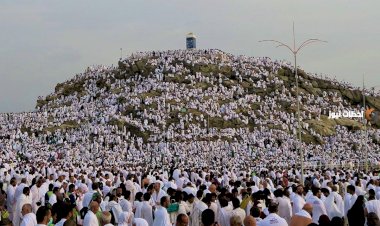
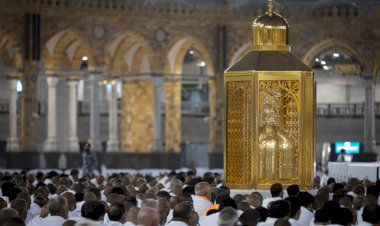



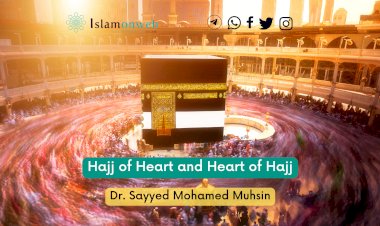












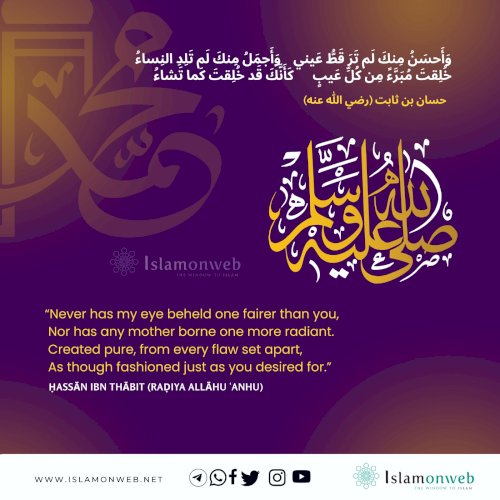

Leave A Comment